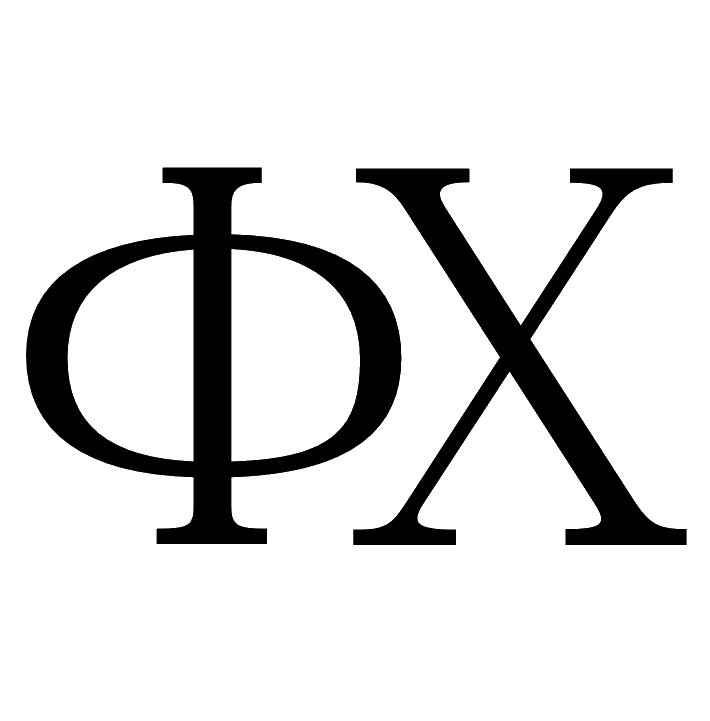Simulation of the dielectric response of piezoelectric ceramics
N.E. Malysheva1, E.V. Dyakova2, O.V. Malyshkina2
1 Military Academy of Air and Space Defence named after Marshal of the Soviet Union G.K. Zhukov
2 Tver State University
DOI: 10.26456/pcascnn/2023.15.481
Original article
Abstract: We have analyzed the complex permittivity of a porous (10 volume % of pores) sodiumlithium niobate ceramic with the results of computer simulation. The calculation was based on the Cole–Cole formula, which took into account the presence of various mechanisms of relaxation processes in the low-frequency (linear dispersion) and mid-frequency regions, an additional term from the Debye formula was added to take into account the mixed polarization, and a term taking into account the damping factor was added for resonant-type polarization. The simulation was carried out with and without the conductivity taken into account. To take into account the contribution of conductivity to the dynamic dielectric response, the expression σ* = (ε″ + iε′)ε0ω was used. It is shown that the linear part of the frequency dependence in the range from 50 Hz to 1 MHz is equally well described both with and without conductivity. At the same time, the behavior of the dielectric response of piezoelectric ceramics in the high-frequency region, where resonance effects are observed, and the low-frequency region, where volume-charge polarization predominates, is much better described taking into account the contribution of conductivity to the dielectric response of the system.
Keywords: piezoelectric ceramics, complex permittivity, complex conductivity, dielectric spectroscopy
- Nataliya E. Malysheva – Senior Lecture, Department No. 13, Military Academy of Air and Space Defence named after Marshal of the Soviet Union G.K. Zhukov
- Ekaterina V. Dyakova – 2nd year postgraduate student, Tver State University
- Olga V. Malyshkina – Dr. Sc., Professor, Full Professor, Department of Computer Security and Mathematical Control Methods, Tver State University
Reference:
Malysheva, N.E. Simulation of the dielectric response of piezoelectric ceramics / N.E. Malysheva, E.V. Dyakova, O.V. Malyshkina // Physical and chemical aspects of the study of clusters, nanostructures and nanomaterials. — 2023. — I. 15. — P. 481-494. DOI: 10.26456/pcascnn/2023.15.481. (In Russian).
Full article (in Russian): download PDF file
References:
1. Jonscher A.K. Universal relaxation law: a sequel to dielectric relaxation in solids. London, ChelseaDielectrics Press Limited, 1996, 415 p.
2. Jonscher A.K. Dielectric relaxation in solids. London, Chelsea Dielectrics Press Limited, 1983, 400 p.
3. Poplavko Yu.M. Fizika dielektrikov [Physics of dielectrics]. Kiev, Vishcha shkola, Golovnoe izd-vo, 1980, 400 p. (In Russian).
4. Jonscher A.K. The physical origin of negative capacitance, Journal of the Chemical Society, Faraday Transactions 2: Molecular and Chemical Physics, 1986, vol. 82, issue 1, pp. 75-81. DOI: 10.1039/F29868200075.
5. Felix A.A., Orlandi M.O., Varela J.A. Schottky-type grain boundaries in CCTO ceramics, Solid State Communications, 2011, vol. 151, issue 19, pp. 1377-1381. DOI: 10.1016/j.ssc.2011.06.012.
6. Kwok H.L. Understanding negative capacitance effect using an equivalent resistor‐capacitor circuit, Physica Status Solidi C, 2008, vol. 5, issue 2, pp. 638-640. DOI: 10.1002/pssc.200776806.
7. Gavrilova N.D., Novik V.K., Vorobyev A.V., Malyshkina I.A. Negative dielectric permittivity of poly (acrylic acid) pressed pellets, Journal of Non-Crystalline Solids, 2016, vol. 452, pp. 1-8. DOI: 10.1016/j.jnoncrysol.2016.08.015.
8. Malysheva N.E. Dielektricheskaya relaksatsiya v keramike niobata litiya-natriya [Dielectric relaxation in lithium-sodium niobate ceramics], Cand. phys.-math. sci. diss.: 1.3.8. Tver, Tver State University Publ., 2023, 166 p.
9. Megaw H.D. The seven phases of sodium niobate, Ferroelectrics, 1974, vol. 7, issue l, pp. 87-89. DOI: 10.1080/00150197408237956.
10. Dixon C.A.L., Lightfoot P. Complex octahedral tilt phases in the ferroelectric perovskite system LixNa1-xNbO3, Physical Review B, 2018, vol. 97, issue 22, pp. 224105-1-224105-9. DOI: 10.1103/PhysRevB.97.224105.
11. Malyshkina O.V.,Ali M., Malysheva N.E., Patsuev K.V. Relaksatsionnye protsessy v oblasti strukturnykh fazovykh perekhodov na primere keramiki na osnove niobata natriya [Relaxation processes in the region of structural phase transitions on the example of ceramics based on sodium niobate], Fizika tverdogo tela [Physics of the Solid State], 2022, vol. 64, issue 12, pp. 1960-1966. DOI: 10.21883/FTT.2022.12.53649.461. (In Russian).
12. Malysheva N.E., Malyshkina O.V. Temperature dependences of dielectric characteristics of sodium-lithium niobate porous ceramics, Ferroelectrics, 2022, vol. 591, issue 1, pp. 72-76. DOI: 10.1080/00150193.2022.2041925.
13. Debye P. Polar molecules. New York, The Chemical Catalog Company, Inc., 1929, 172 p.
14. Cole K.S., Cole R.H. Dispersion and absorption in dielectric. 1. Alternating currents characteristics, The Journal of Chemical Physics, 1941, vol. 9, issue 4, pp. 341-351. DOI: 10.1063/1.1750906.
15. Galiyarova N.M. Medlennaya relaksatsiya polyarizatsii i osobennosti nizkochastotnogo dielektricheskogo spektra triglitsinsul'fata v oblasti fazovogo perekhoda [Slow polarization relaxation and features of the lowfrequency dielectric spectrum of triglycine sulfate in the phase transition region], Fizika tverdogo tela [Physics of the Solid State], 1989, vol. 31, issue 11, pp. 248-252. (In Russian).
16. Kremer F., Schönhals A. Broadband dielectric spectroscopy. Berlin, Heidelberg, Springer, 2003, XXI, 729 p. DOI: 10.1007/978-3-642-56120-7.
